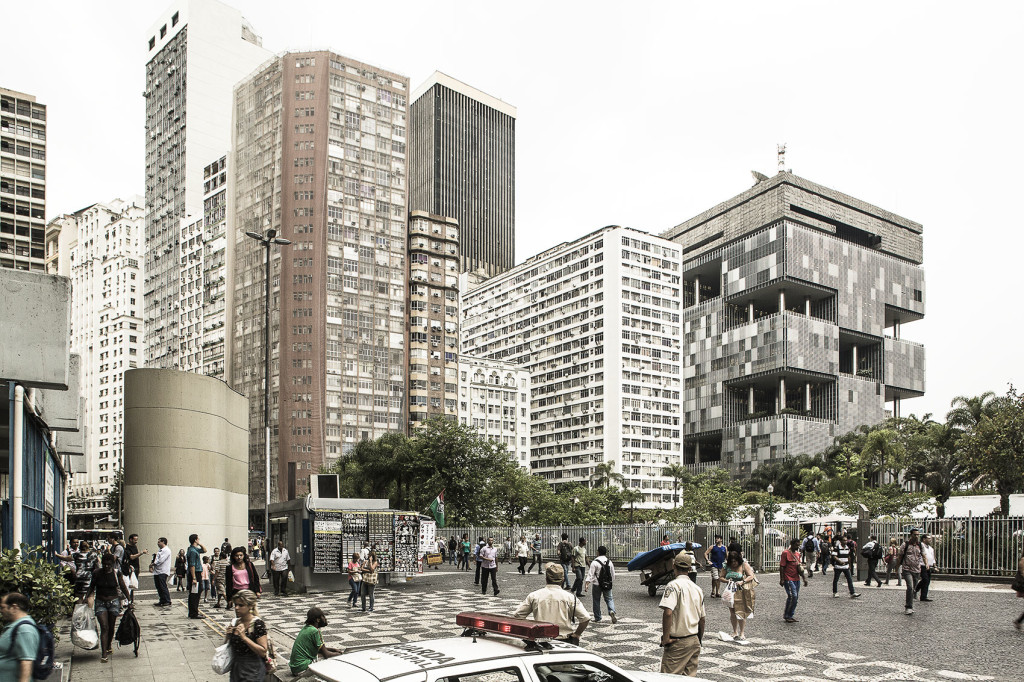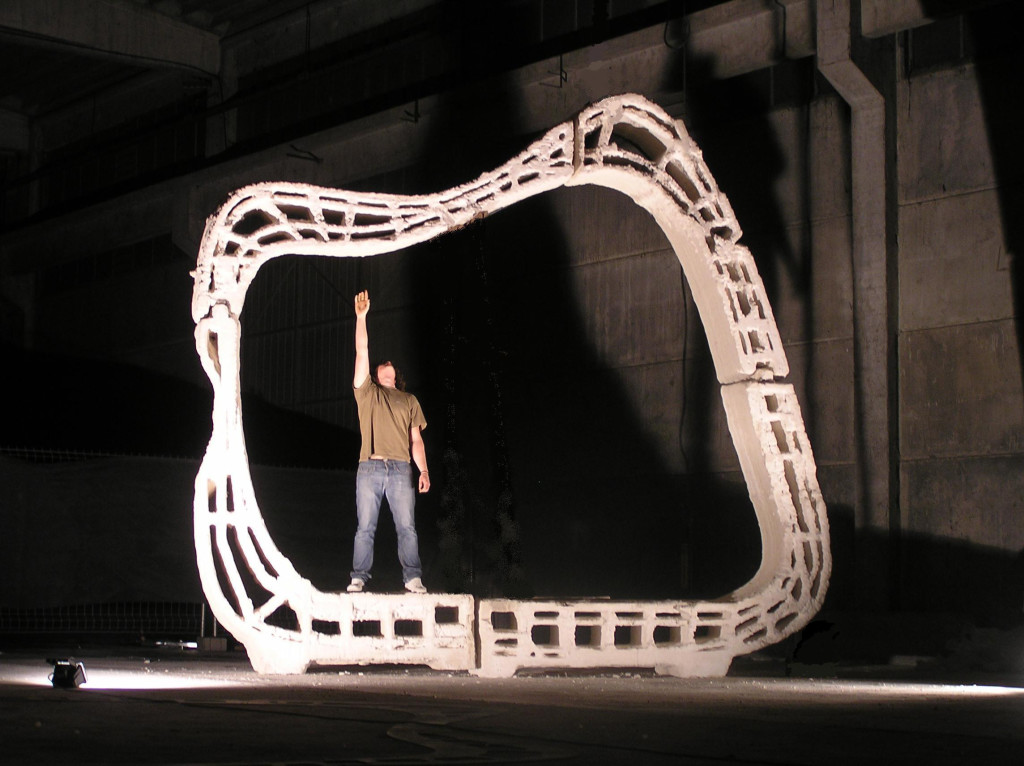Centro Roberto Garza Sada at UDEM | Four questions to Tadao Ando by Francesco Lipari
Cityvision has been invited in Monterrey, Mexico to represent Italy attending the official opening of the new building Centro Roberto Garza Sada at UDEM designed by Tadao Ando and for the occasion Francesco Lipari made an interview to the japanese architect.
——————–
C.G.R.S. Four questions to Tadao Ando
Culture
FL / Tradition and innovation are your favourite “mashup”. Could you explain how your Japanese experience has engaged with a Latin culture and what was your approach and project’s references?
TA / There was a time when people in Japan used to live together as one with nature. The affectionate heart that they had for nature, with its rich changes throughout the seasons, manifested itself strongly in the national character. This gave rise to certain philosophies in Japanese architectural culture that did not develop in Europe. Similarly, Mexico has developed its own unique cultural landscape. In hoping to learn about the local climate and regional characteristics of Mexico, I looked at the works of its representative architects such as Luis Barragán and Félix Candela. Through seeing their brilliant work that pushed the bounds of architecture and challenged its limits, I was able to appreciate the sensibilities and stro ng dedication that the people of Mexico held for architecture. This gave me the confidence that I would be able to realize my architecture here by working together with the people of this land.
Reality
FL / The Roberto Garza Sada Center or CRGS aspires to engage with ambitious stuff, such as the formation of the most talented creative people in Latin America to the label “designed in Mexico”. It has also been called “Gate of Creativity”, a motto that reminds me of the movie “Stargate” in which a group of people trespass a door that shoot them into a futuristic world. How does your project answer its cultural proposals and agenda and how does the building concept wants to deal with a new way to engage with art, architecture and creativity in education?
TA / The site that I was presented with for the RGSCenter was in a very distinct location adjacent to the university entrance at the northern end of the campus. Functionally, the building was to provide an entry point for the young students with prospective futures who would be pursuing paths in the creative fields of art, design, and architecture. The image of a dynamic and welcoming gate-like building, a “Gate of Creation”, came to mind immediately when I visited the site.
Groundbreaking
FL / All your buildings, including the CRGS, seem to submit to rules that are essential in your architectural philosophy: geometric precision and light. A highly successful combination that gives every building “made in Ando” a sort of sacredness. It also seems that your buildings react in an opposite way, elegant and quiet, to different contexts, becoming themselves new architectural models that will be of inspiration soon after. How do you transmit your strong sensitivity and personal poetics to your buildings and which type of reference do you believe will the CRSG becomes in the coming years?
TA / I have always strived to create rich, deep spaces inside of simple compositions. I employ basic forms to make these spaces which are complex and varied. These forms cannot be arbitrary and they should be generated as the result of strict geometric operations. I am particular about using geometry because I wish to challenge myself to create spaces that cannot be made by anybody, even while relying on a means that is available to all. I also do this because I hold a conviction that it is only through binding oneself and by restricting one’s own means that free, bold ideas can be born to break out from these limitations.
Speculations
FL / The recent research conducted by our magazine Cityvision pointed out its attention on Space and Time focusing on the discomfort provoked by a temporal perspective (tangible now more than ever) which would have replaced the Future with the Past. A perspective that lets us to imagine a world where everything is the opposite of everything and where every rule and principle seem on the verge of being subverted. That Future which should coincide with today’s wealth loses its meaning as a catalyst of hope for new and old generations. In your opinion what do you believe should be the attitude of an architect facing this raw situation and consequently how do you see architecture in the coming decades …. centuries?
TA / Due to the over-prioritization of economic efficiency, few works of architecture that carry a philosophy are being built in today’s society. Additionally, the great advances in computer technology have drastically increased the level of freedom of architectural expression and superficial consumerist buildings have become more commonplace. We must not forget the power that architectural space has to strike inspiration within our hearts, or the fact that this power is born only from the traces of the human hand that are imprinted upon the fine elements of a building by its makers.
——————— ITALIAN VERSION
Cityvision è stata invitata a Monterrey in Messico come rappresentante per l’Italia per assistere all’apertura ufficiale del nuovo edificio Centro Roberto Garza Sada a UDEM progettato da Tadao Ando e per l’occasione Francesco Lipari ha intervistato l’architetto giapponese.
C.G.R.S. Quattro domande per Tadao Ando
Cultura
FL / Tradizione e innovazione sono il suo “miscuglio” preferito. Ci può spiegare in che modo la sua esperienza giapponese si adatta ad una cultura latina e quali sono stati il suo approccio e riferimento nel concepire il suo progetto?
TA / Un tempo in Giappone le persone vivevano a pieno contatto con la Natura: come una cosa sola. Il loro amore per la Natura, così piena di cambiamenti, ha dato vita ad un carattere nazionale che ci contraddistingue. Questo ha dato luogo alla nascita di certe filosofie nella cultura architettonica giapponese che non si sono sviluppate in Europa. Allo stesso modo, il Messico, ha sviluppato una propria idea e riconoscibilità attraverso il carattere unico del proprio paesaggio. Mentre investigavo sulle condizioni climatiche locali e le caratteristiche regionali del Messico ho potuto ammirare le opere dei suoi architetti più rappresentativi come Luis Barragán e Félix Candela. Attraverso il loro brillante lavoro che ha spinto i confini dell’architettura e ha sfidato i suoi limiti, ho avuto modo di apprezzare la forte sensibilità e dedizione che il popolo messicano prova per l’architettura stessa. Questo mi ha dato la necessaria fiducia nel credere che sarei stato in grado di realizzare la mia architettura anche qui, lavorando insieme agli abitanti di questa terra.
Realtà
FL / Il Centro Roberto Garza Sada o CRGS ha degli obiettivi ambiziosi, come ad esempio la formazione dei migliori creativi di tutta l’America Latina dando vita anche ad una nuova etichetta: made in Messico. L’edificio è stato chiamato “Porta della Creatività”, un motto che mi ricorda il film “Stargate”, in cui un gruppo di persone attraversano un portale che li proietta in un mondo futuristico. In che modo il suo progetto risponde alla forte ambizione culturale dei suoi ideatori e in che modo il suo progetto interagirà con un nuovo modo di vedere l’arte, l’architettura e la creatività a livello educativo?
TA / Il sito che mi è stato presentato per il CRGS è in una posizione molto distinta ed adiacente l’ingresso dell’università, all’estremità settentrionale del campus. Funzionalmente, l’edificio è stato pensato per fornire un punto di accesso ai giovani studenti e servirà da futuro slancio per i successivi percorsi che condurranno all’intero campus. L’immagine è quella di un edificio-porta, dinamico e accogliente, appunto una “Porta della Creazione”.
E’ quello che ho pensato sin dalla prima visita al sito.
Groundbreaking
FL / Tutti i suoi edifici, incluso il Centro Roberto Garza Sada, sembrano avere delle regole imprescindibili della sua filosofia architettonica: precisione geometrica e luce. Una combinazione di grande successo che dà ad ogni edificio da lei realizzato una sorta di sacralità, ormai un vero e proprio “made in Ando”. Sembra inoltre che i suoi edifici reagiscano in modo opposto, elegante e tranquillo, a contesti diversi, diventando essi stessi nuovi modelli architettonici con i quali confrontarsi. Come riesce a trasmette questa forte sensibilità e poetica personale nei suoi edifici e che tipo di riferimento crede sarà il CRSG negli anni a venire?
TA / Ho sempre cercato di creare spazi ricchi e profondi all’interno di composizioni semplici. Utilizzo forme geometriche basilari per trasformare gli spazi in qualcosa di complesso e variegato.
Queste forme non possono essere arbitrarie e nascono dal risultato di rigorose operazioni geometriche. Esse rappresentano un uso particolare della geometria, poichè ho sempre necessità di sfidare me stesso nel creare spazi che non possono essere ricreati da chiunque, anche se si utilizza uno strumento che è a disposizione di tutti, la geometria appunto.
Amo anche fare questo perché sono convinto che è solo attraverso le limitazioni che ti imponi che le idee libere e coraggiose possono venir fuori.
Speculazione
FL / La recente ricerca condotta dalla nostra rivista Cityvision, dal nome Past Shock, ha posto la propria attenzione sui concetti di Spazio e Tempo concentrandosi sul disagio generato, da un punto di vista temporale oggi tangibile più che mai, provocato da un Passato che si sarebbe sostituito al Futuro. Una prospettiva che ci fa immaginare un mondo dove tutto è il contrario di tutto e dove ogni regola e principio sembrano sul punto di essere sovvertiti. Quel futuro che dovrebbe coincidere con il benessere delle persone oggi perde il suo significato di catalizzatore di speranza per nuove e vecchie generazioni. Secondo lei quale dovrebbe essere l’atteggiamento di un architetto di fronte ad una tale situazione e di conseguenza come vede l’architettura nei prossimi decenni….secoli?
TA / A causa dell’eccessiva richiesta di efficienza economica, solo poche opere di architettura con un grande concetto filosofico alle spalle vengono realizzate nella società di oggi.
Inoltre, i grandi progressi nella tecnologia dei computer hanno drasticamente aumentato il livello di libertà di espressione architettonica e le costruzioni superficiali consumistiche sono diventate più comuni.
Non dobbiamo dimenticare il potere che lo spazio architettonico può rivelare, perché è la chiave per ispirare i nostri cuori.
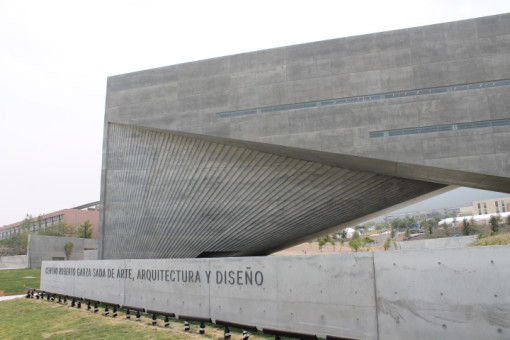
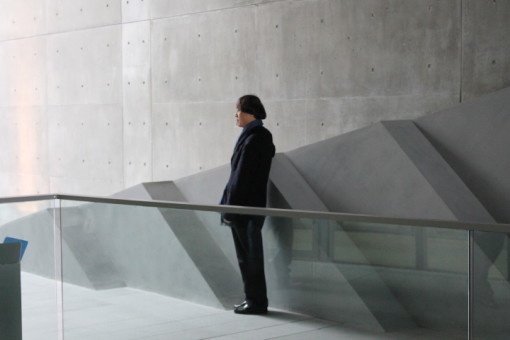
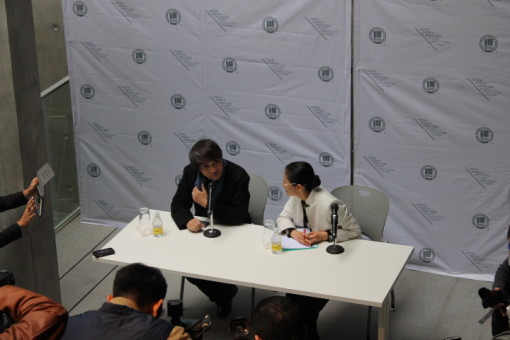
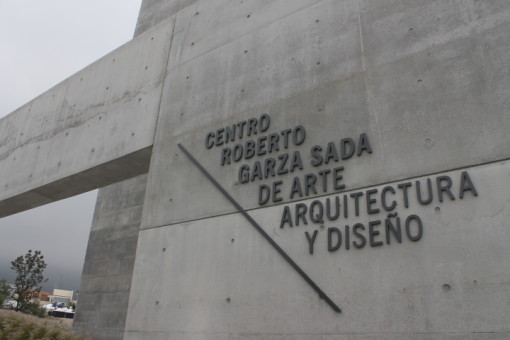
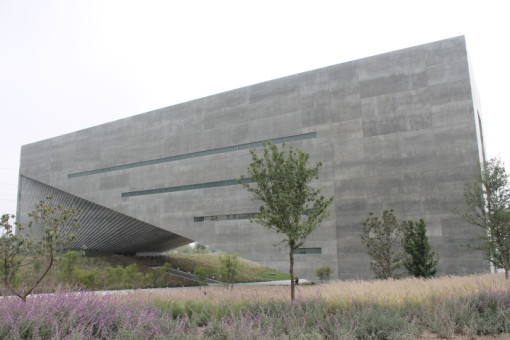
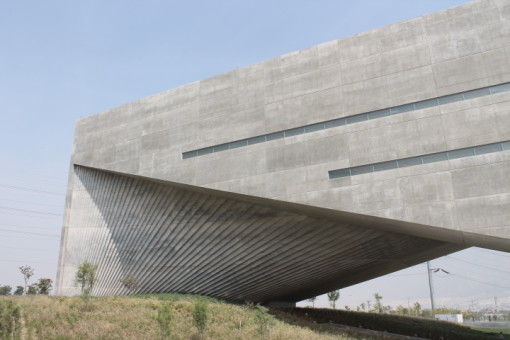
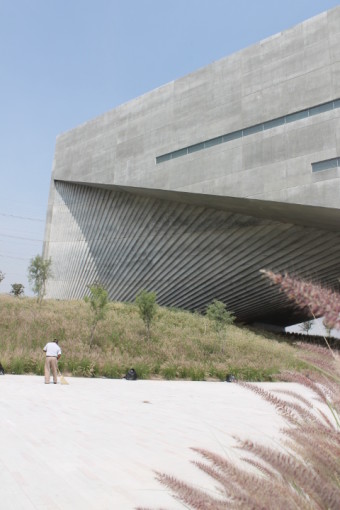
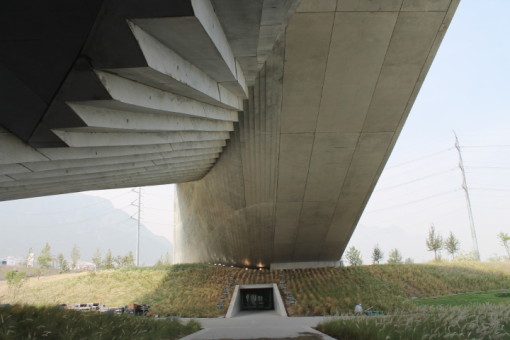
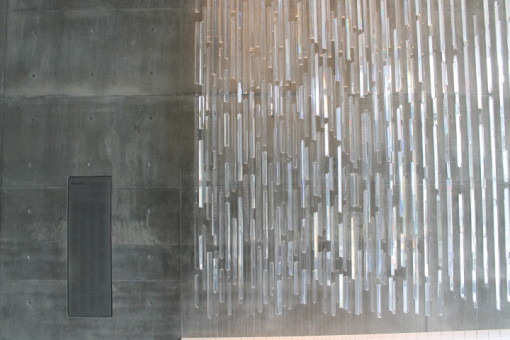
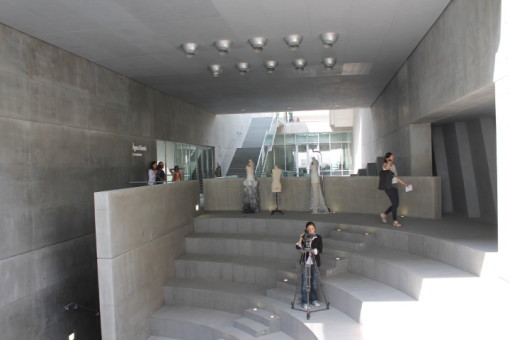
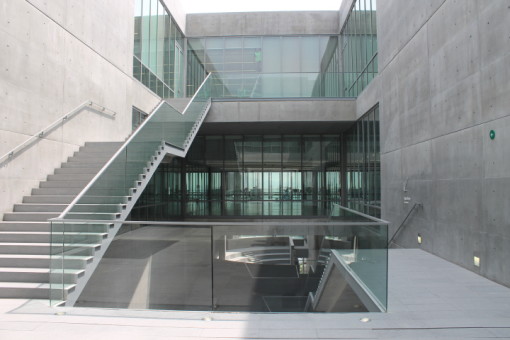
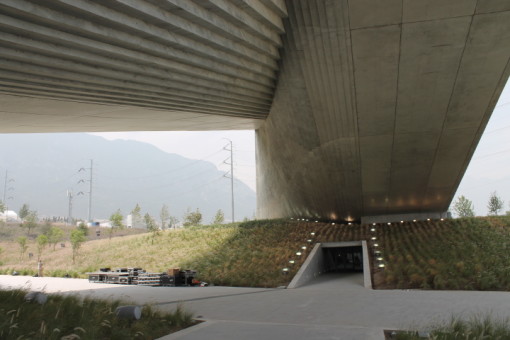
Info:
Info:
Title: Centro Roberto Garza Sada at UDEM | Four questions to Tadao Ando by Francesco Lipari
Time: 6 maggio 2013
Category: Article
Views: 8838 Likes: 4
Tags: -

